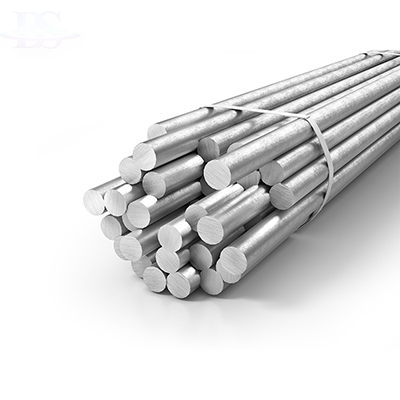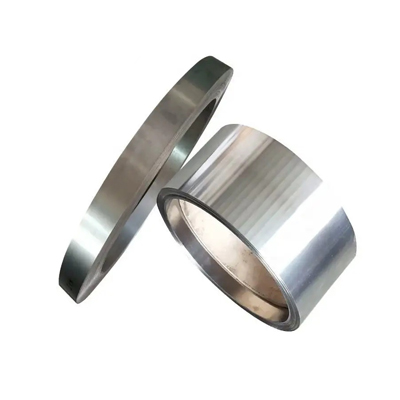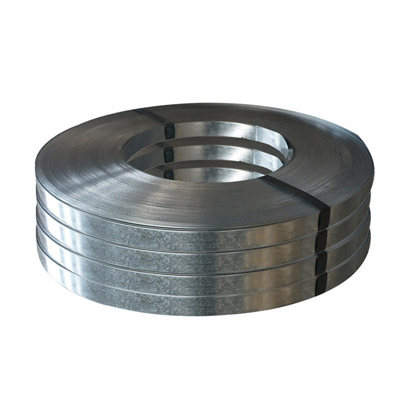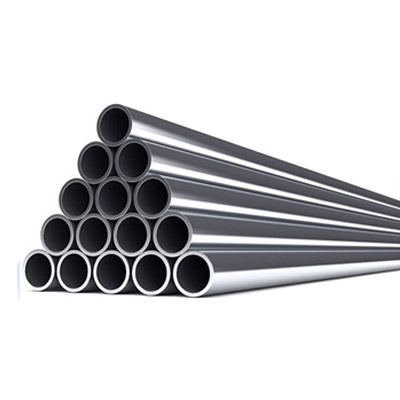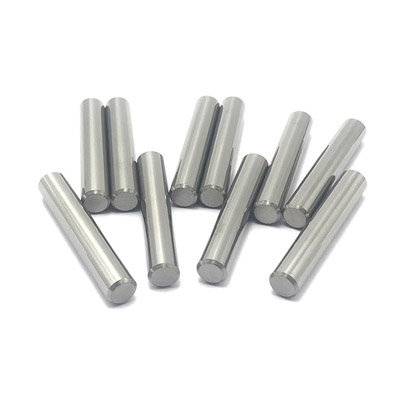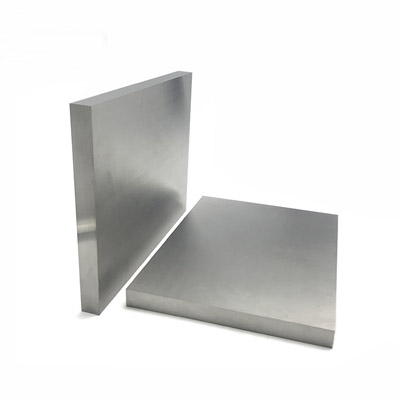Nimonic 81/W.Nr.2.4665 Bar Sheet Tube Pipe
Overview
Nimonic 81 is a nickel-chromium austenitic superalloy that is hardened primarily by the controlled addition of titanium and aluminum. This alloy is designed to provide enhanced high temperature corrosion resistance and good high temperature strength.
Nimonic 81 shows good application value in high temperature environments, such as gas turbines, piston engine exhaust valves and furnace equipment, it is resistant to sediment corrosion caused by the combustion of impounded fuels, especially alkali metal sulfates and chlorides.
Its characteristics include excellent resistance to chloride pitting and crevice corrosion cracking, resistance to chloride ion stress corrosion, and high strength at high temperatures. The alloy resists seawater corrosion in both flowing and stationary conditions.
The Nimonic 81's operating practices are similar to those of the Nimonic 80A when it comes to melting, hot working, cold working and machining. In practice, the processing temperature of this alloy is roughly between 950-1160°C.
Limiting Chemical Composition, %
Nickel........................................................................................................................................................................................Balance.
Carbon .................................................................................................................................................................................. 0.05 max.
Silicon.....................................................................................................................................................................................0.50 max.
Copper....................................................................................................................................................................................0.20 max.
Iron..........................................................................................................................................................................................1.00 max.
Manganese.............................................................................................................................................................................0.50 max.
Chromium..............................................................................................................................................................................30.00max.
Titanium..................................................................................................................................................................................1.80 max.
Aluminum................................................................................................................................................................................0.90 max.
Cobalt......................................................................................................................................................................................2.00 max.
Molybdenum...........................................................................................................................................................................0.30 max.
Boron.....................................................................................................................................................................................0.003 max.
Ziconlum.................................................................................................................................................................................0.06 max.
Sulfur.....................................................................................................................................................................................0.015 max.
Physical Constants
Below are some physical constants and thermal properties of
Density |
Mg/m3..............................................................................................8.06 |
lb/in3................................................................................................0.291 | |
Melting Range |
Liquidustemperature, °C..................................................................1375 |
Solidustemperature, °C...................................................................1305 |
Mechanical properties
Properties |
Metric |
Imperial |
Tensile strength (precipitation hardened, value at room temperature) |
1050 MPa |
152000 ksi |
Yield strength (at strain 0.200%, precipitation hardened, value at room temperature) |
600 MPa |
87000 psi |
Elongation at break (precipitation hardened) |
40% |
40% |
Corrosion Resistance
Nimonic 81 is a nickel-chromium austenitic superalloy with corrosion resistance mainly due to its high chromium content. This alloy has excellent thermal corrosion resistance, especially in corrosive media such as alkali metal sulfate and chloride.
The high temperature strength characteristics of the Nimonic 81 are similar to those of the Nimonic 80A and are suitable for aerospace, gas turbines, piston engine exhaust valves and furnace equipment. In these applications, Nimonic 81 is resistant to the corrosion of sediments produced by the combustion of impurious fuels, especially corrosive media such as alkali metal sulfates and chlorides.
In addition to corrosion resistance, Nimonic 81 has good creep resistance and tensile strength at high temperatures. It can keep its strength and plasticity unchanged at high temperatures, and is widely used in aviation, aerospace engines and nuclear industry.
Heat Treatment
The heat treatment of NIMONIC Alloy 81 consists of two main processes: solid solution treatment and precipitation hardening.
Solution treatment is to heat the alloy to high temperature so that the alloying elements are fully dissolved in the matrix to form a uniform solid solution. This process is usually carried out at 1098°C(2010°F) and needs to be held for about eight hours before being air-cooled. This step helps to eliminate segregation and inhomogeneity inside the alloy, improving the plasticity and toughness of the alloy.
Precipitation hardening is an important link in the heat treatment process, through a long-term aging treatment at a certain temperature, the solute atoms are gradually precipitated from the matrix, and then the hardness and strength of the alloy are improved. This process takes place at 704°C(1300°F) and needs to be repeated for about 16 hours, followed by air cooling.
Through the above heat treatment steps, the mechanical properties and corrosion resistance of NIMONIC Alloy 81 can be significantly improved. It should be noted that the specific heat treatment parameters (such as heating temperature, holding time and cooling rate) need to be determined according to factors such as the composition, shape and size of the alloy. In actual operation, the heat treatment parameters should be strictly controlled to ensure the best comprehensive properties of the alloy.
Forms
We provide you with a variety of product forms, including but not limited to
• Bar/Rod
• Pipe/Tube
• Coil/Strip
• Plate/Sheet/Circle
• Wire
• Fitting (Flange, Elbow, Tee...)
• Customize
description2



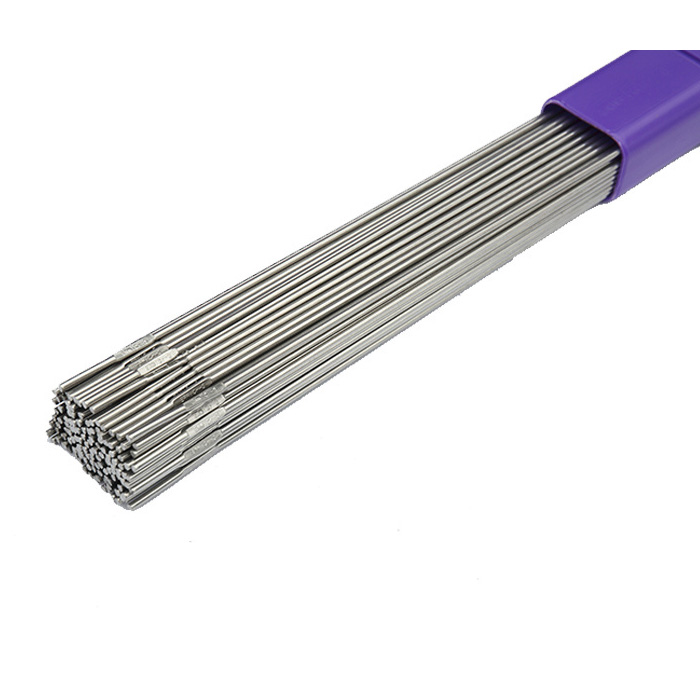 Inconel 625
Inconel 625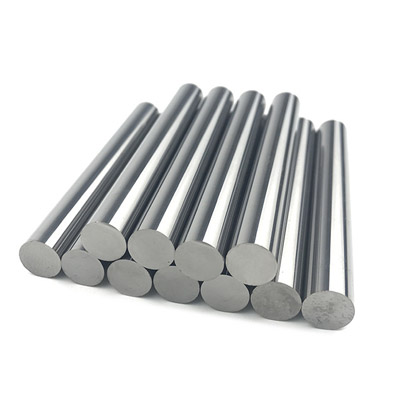 Inconel 718
Inconel 718 Inconel 725
Inconel 725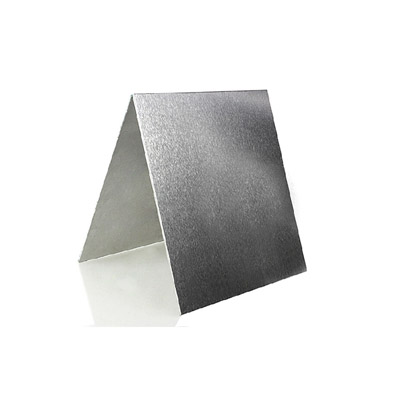 Inconel X-750
Inconel X-750 Inconel 690
Inconel 690 Inconel 617
Inconel 617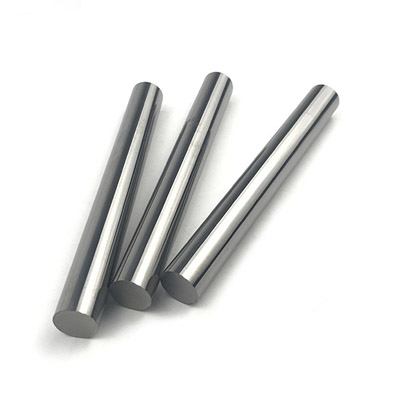 Inconel 601
Inconel 601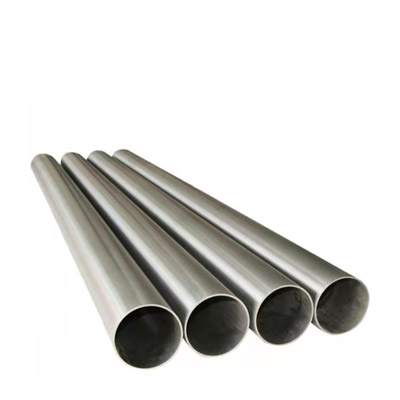 Inconel 600
Inconel 600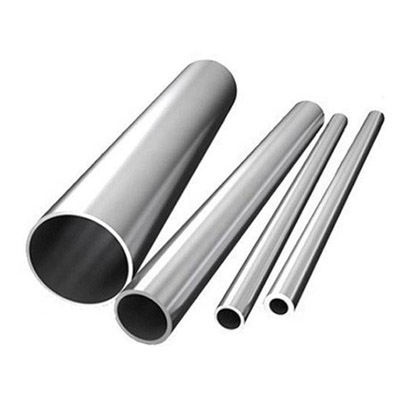 Inconel 686
Inconel 686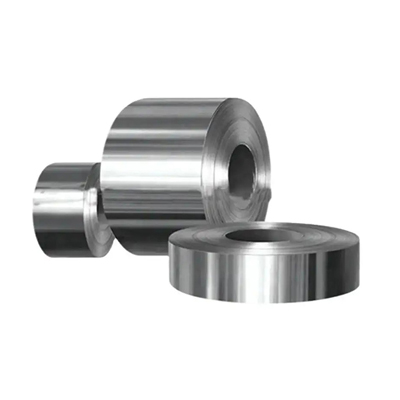 Inconel 602CA
Inconel 602CA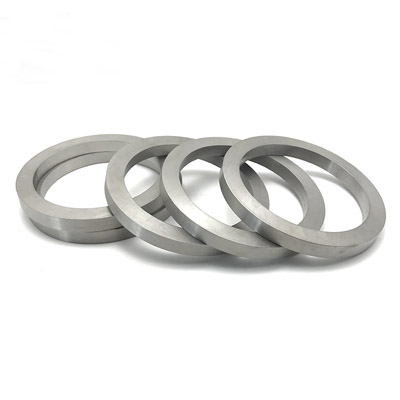 Incoloy A-286
Incoloy A-286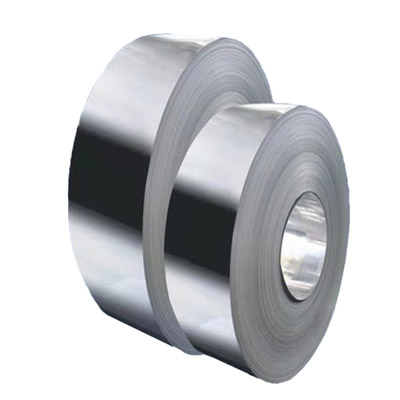 Incoloy 825
Incoloy 825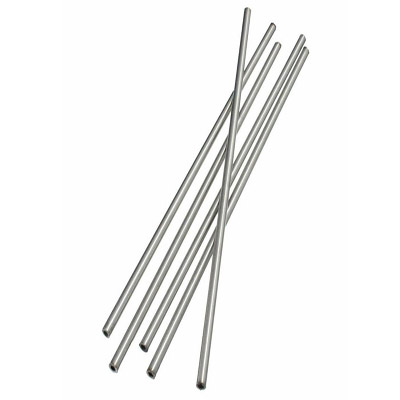 Incoloy 925
Incoloy 925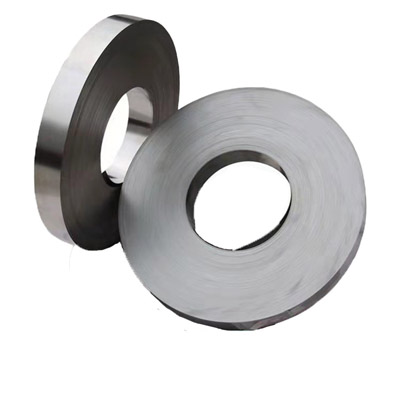 Incoloy 926
Incoloy 926 Incoloy 800
Incoloy 800 Incoloy 800H
Incoloy 800H Incoloy 800HT
Incoloy 800HT Incoloy 909
Incoloy 909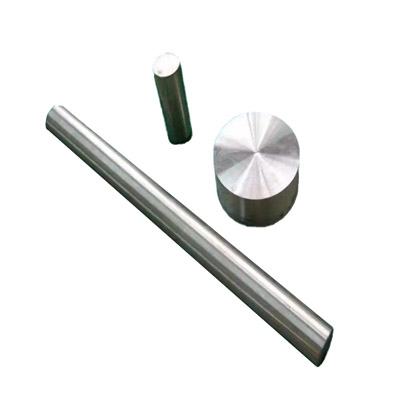 Incoloy 31
Incoloy 31 Incoloy 901
Incoloy 901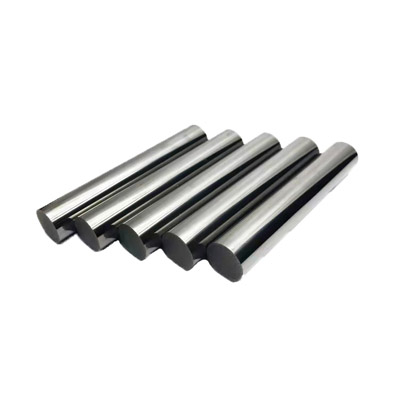 Monel K-500
Monel K-500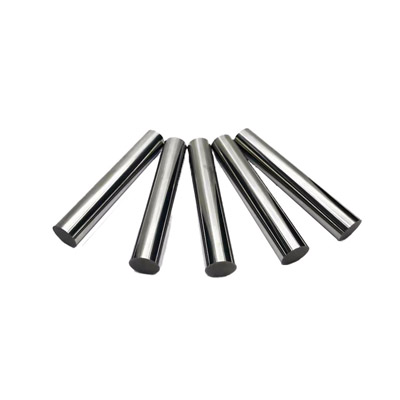 Monel 400
Monel 400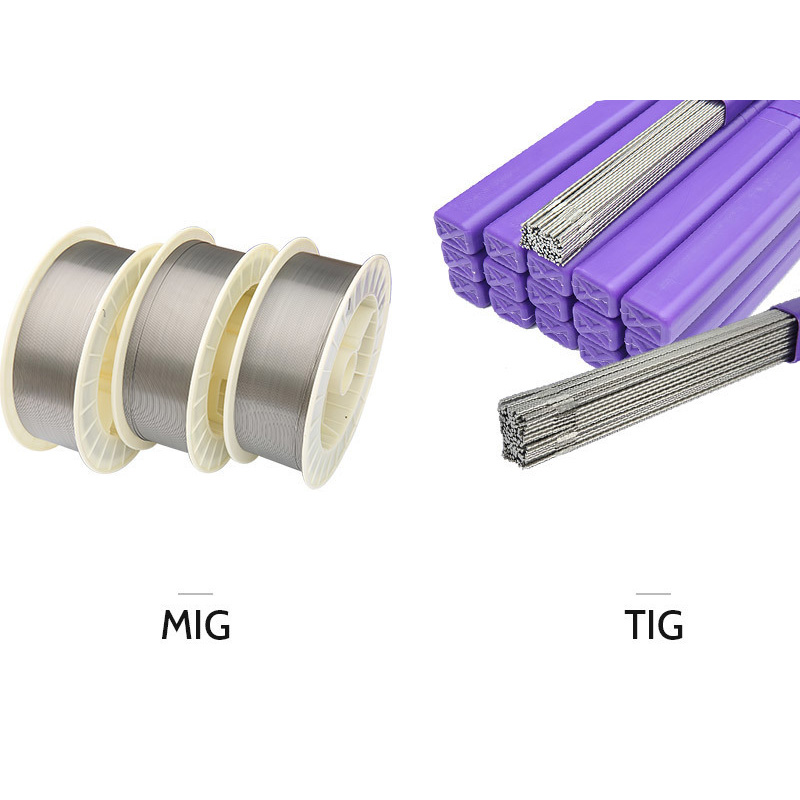 Nimonic 263
Nimonic 263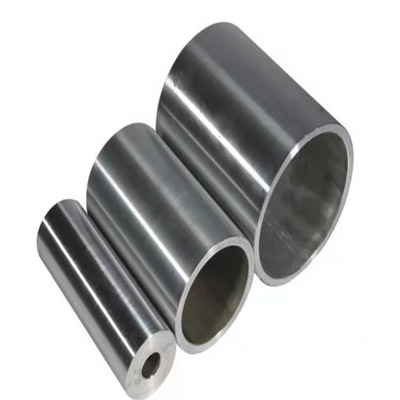 Nimonic 75
Nimonic 75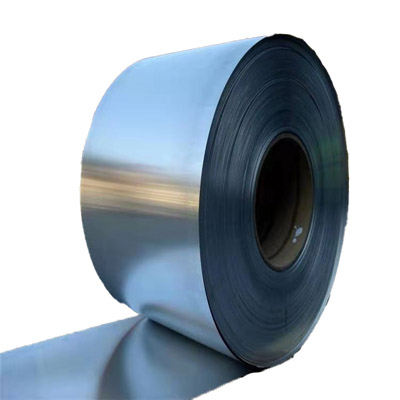 Nimonic 80A
Nimonic 80A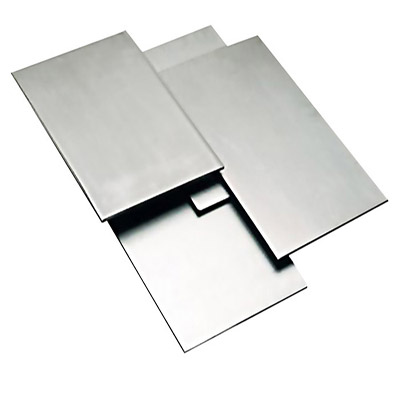 Nimonic 90
Nimonic 90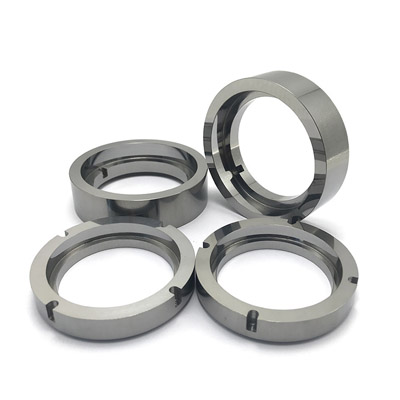 Nimonic PE11
Nimonic PE11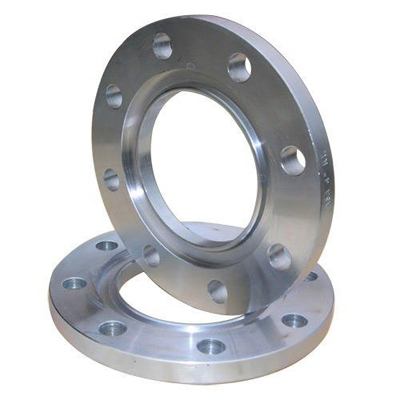 Nimonic PE16
Nimonic PE16 Nimonic PK33
Nimonic PK33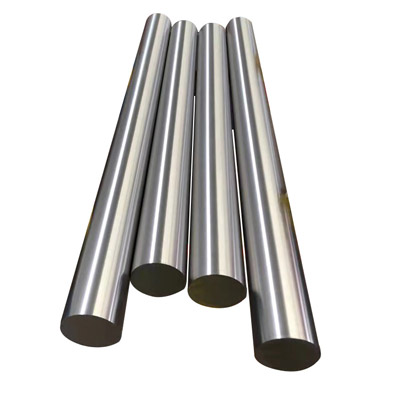 Nimonic 901
Nimonic 901 Nimonic 81
Nimonic 81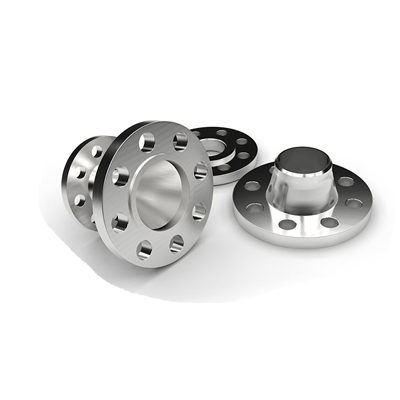 Nimonic 86
Nimonic 86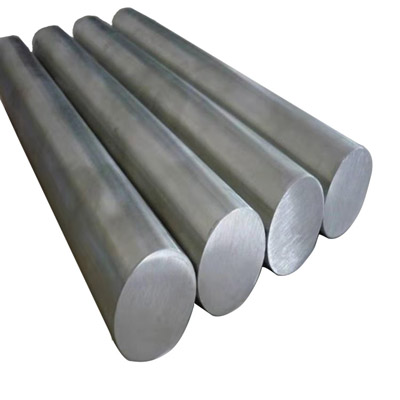 Nimonic 105
Nimonic 105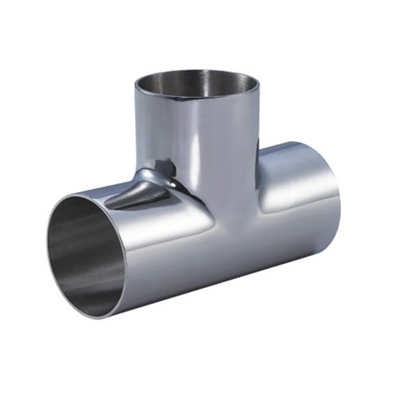 Nimonic 115
Nimonic 115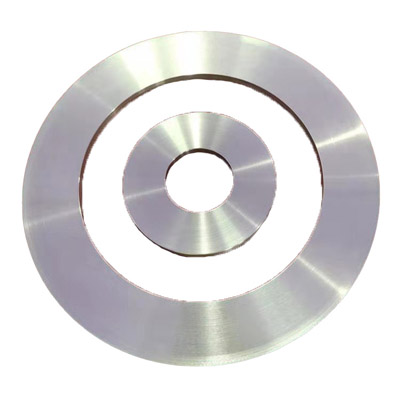 Hastelloy C-276
Hastelloy C-276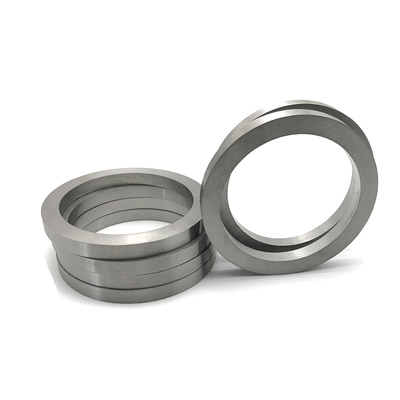 Hastelloy C
Hastelloy C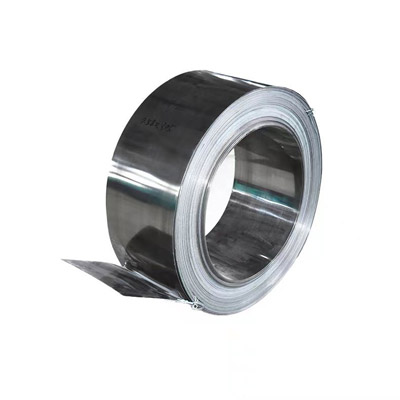 Hastelloy C4
Hastelloy C4 Hastelloy C-22
Hastelloy C-22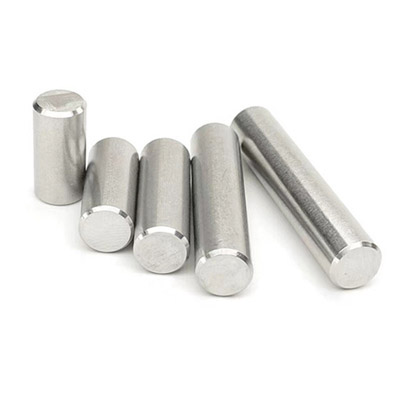 Hastelloy C-2000
Hastelloy C-2000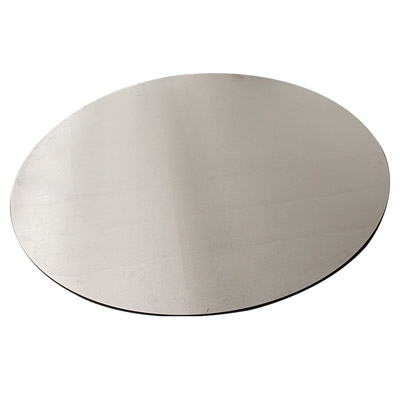 Hastelloy B-2
Hastelloy B-2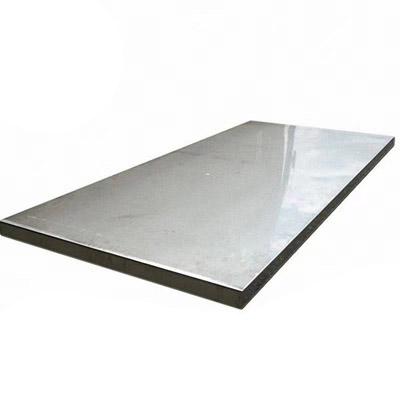 Hastelloy B-3
Hastelloy B-3 Hastelloy G30
Hastelloy G30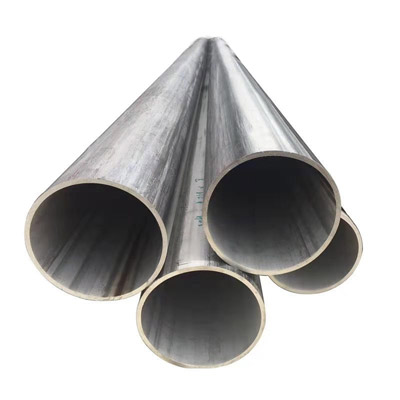 Hastelloy X
Hastelloy X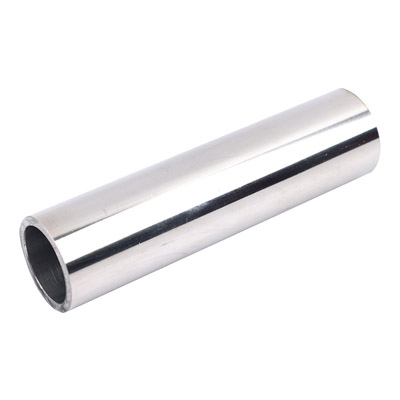 Super Invar 32-5(4J32)
Super Invar 32-5(4J32)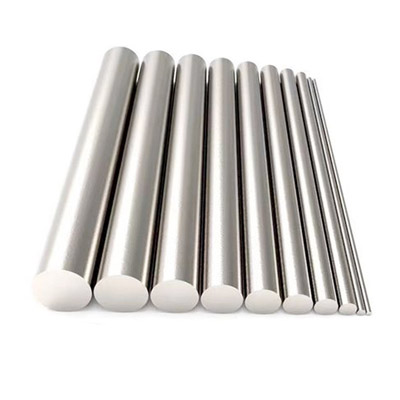 Alloy 36(4J36)
Alloy 36(4J36)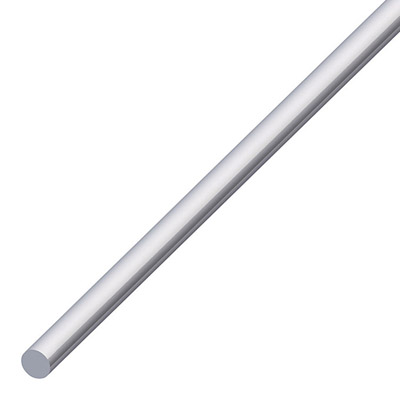 Alloy 42(4J42)
Alloy 42(4J42) Alloy 50(1J50)
Alloy 50(1J50) Hiperco 50(1J22)
Hiperco 50(1J22)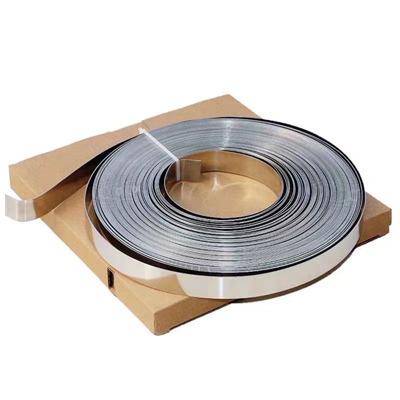 Alloy 46
Alloy 46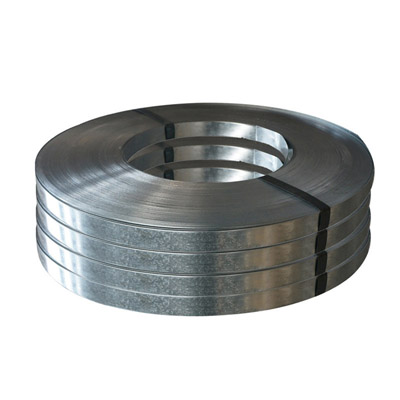 Permalloy (1J79)
Permalloy (1J79) Supermalloy(1J85)
Supermalloy(1J85)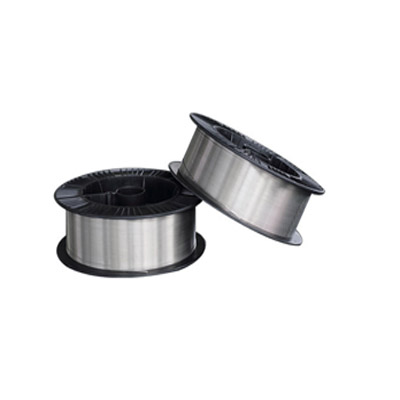 ERNiCrMo-2
ERNiCrMo-2 ERNiCrMo-3
ERNiCrMo-3 ERNiCrMo-4
ERNiCrMo-4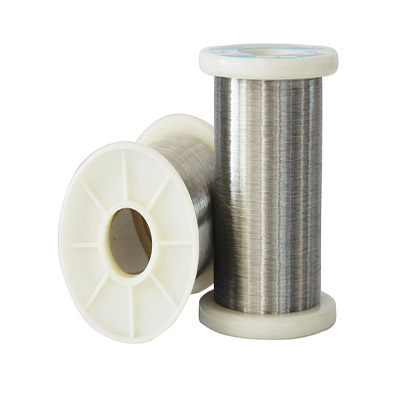 ERNiCrFe-7
ERNiCrFe-7 ERNiCrFe-7A
ERNiCrFe-7A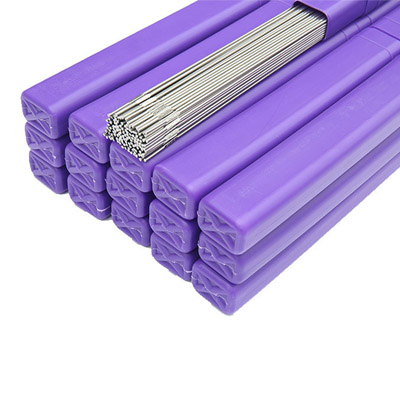 ERNiCrMo-10
ERNiCrMo-10 ERNiCrCoMo-1
ERNiCrCoMo-1 ERNiFeCr-2
ERNiFeCr-2 ERNiFeCr-1
ERNiFeCr-1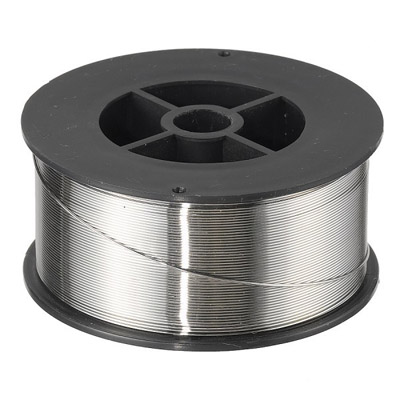 ERNiMo-8
ERNiMo-8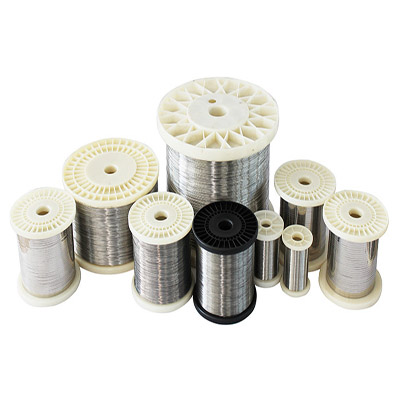 ERNiCrMo-13
ERNiCrMo-13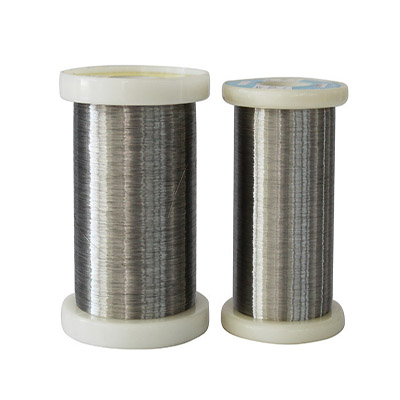 ERNiCr-4
ERNiCr-4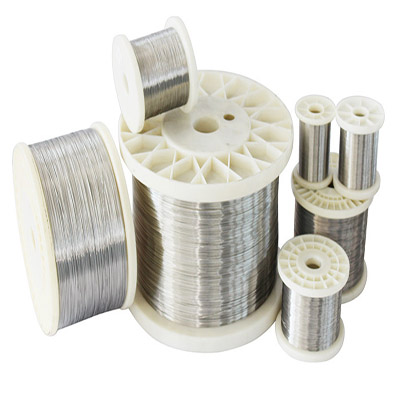 ERNiCr-3
ERNiCr-3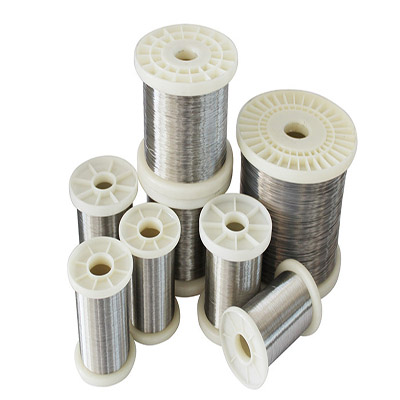 ERNi-1
ERNi-1 Haynes-25
Haynes-25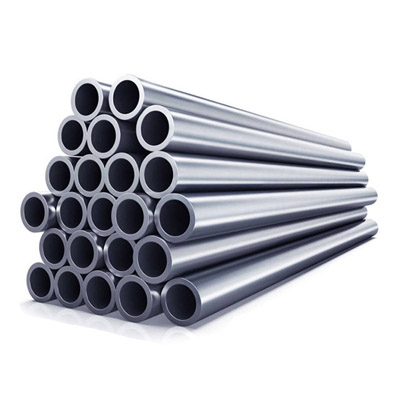 Hayness-188
Hayness-188 MP35N
MP35N Refractory 26
Refractory 26 Waspaloy alloy
Waspaloy alloy 17-4PH
17-4PH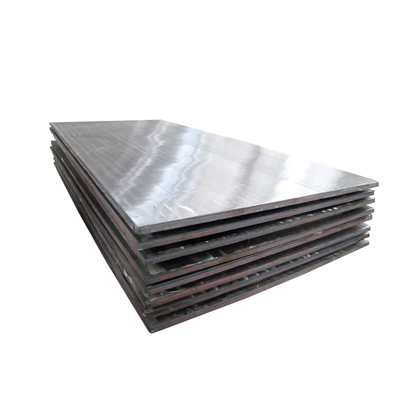 17-7PH
17-7PH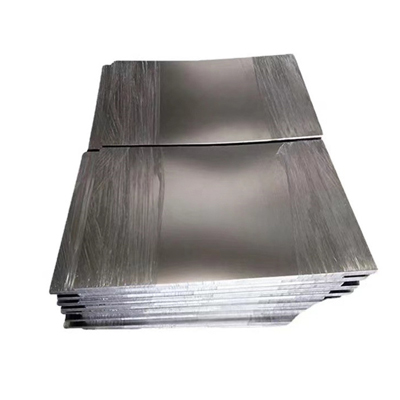 904L
904L Nitronic 50
Nitronic 50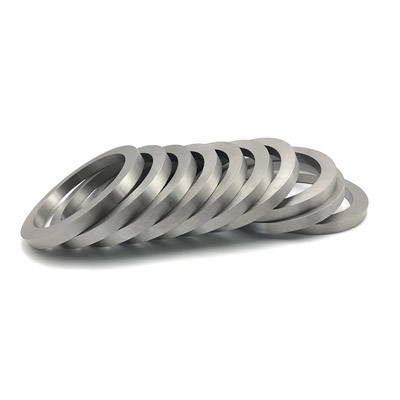 Nitronic 60
Nitronic 60 AL-6XN
AL-6XN F55
F55 PH 13-8
PH 13-8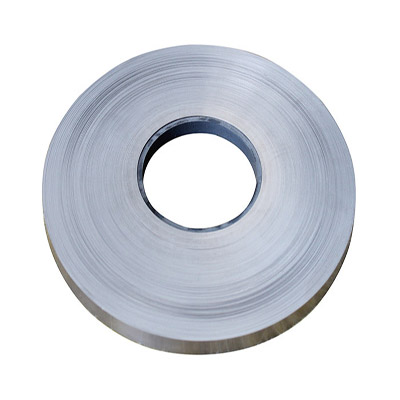 Haynes-230
Haynes-230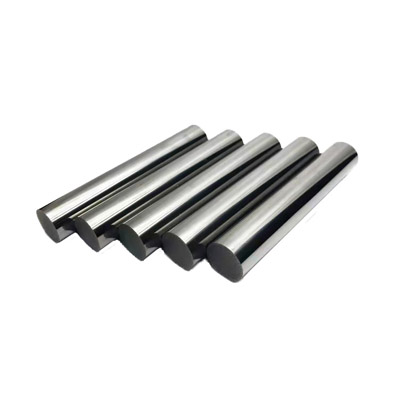 Nickel 200
Nickel 200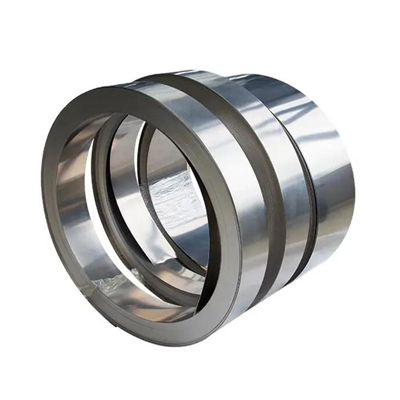 Cr20Ni80
Cr20Ni80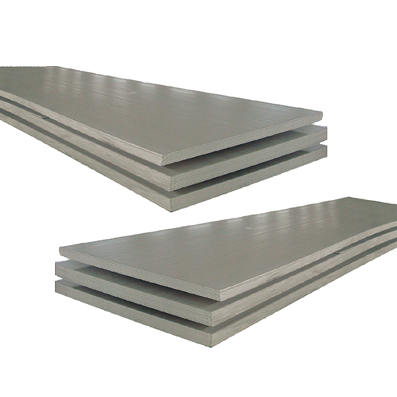 Sheet & Plate
Sheet & Plate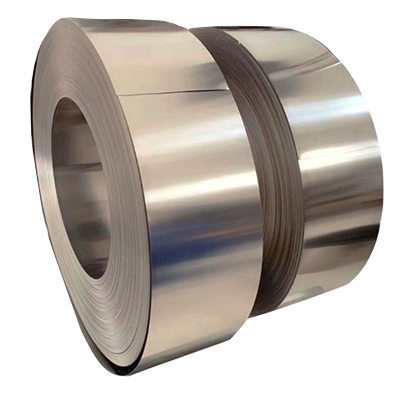 Strip & Foil
Strip & Foil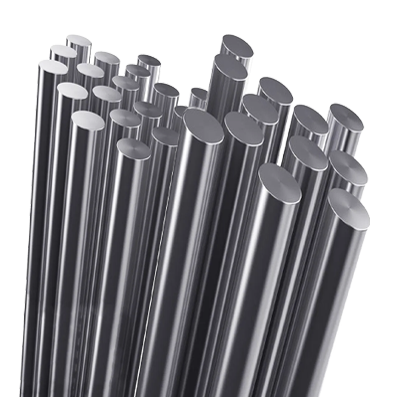 Bar & Rod
Bar & Rod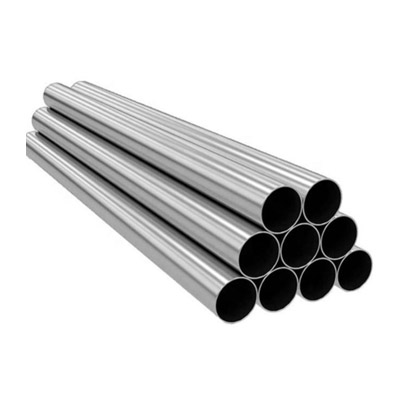 Pipe & Tube
Pipe & Tube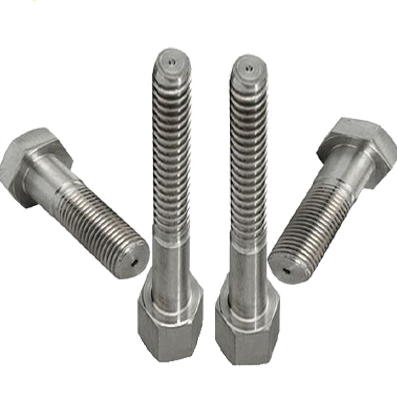 Bolts & Fasteners
Bolts & Fasteners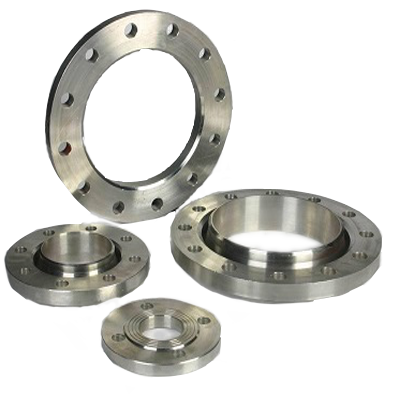 Flange & Ring
Flange & Ring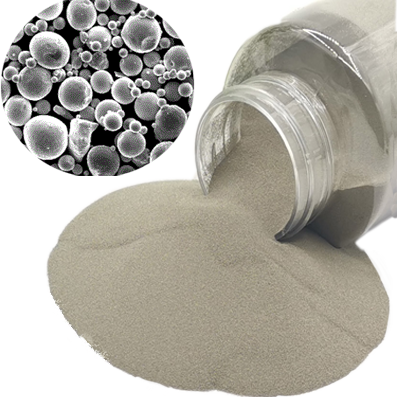 Nickel Alloy Powder
Nickel Alloy Powder

